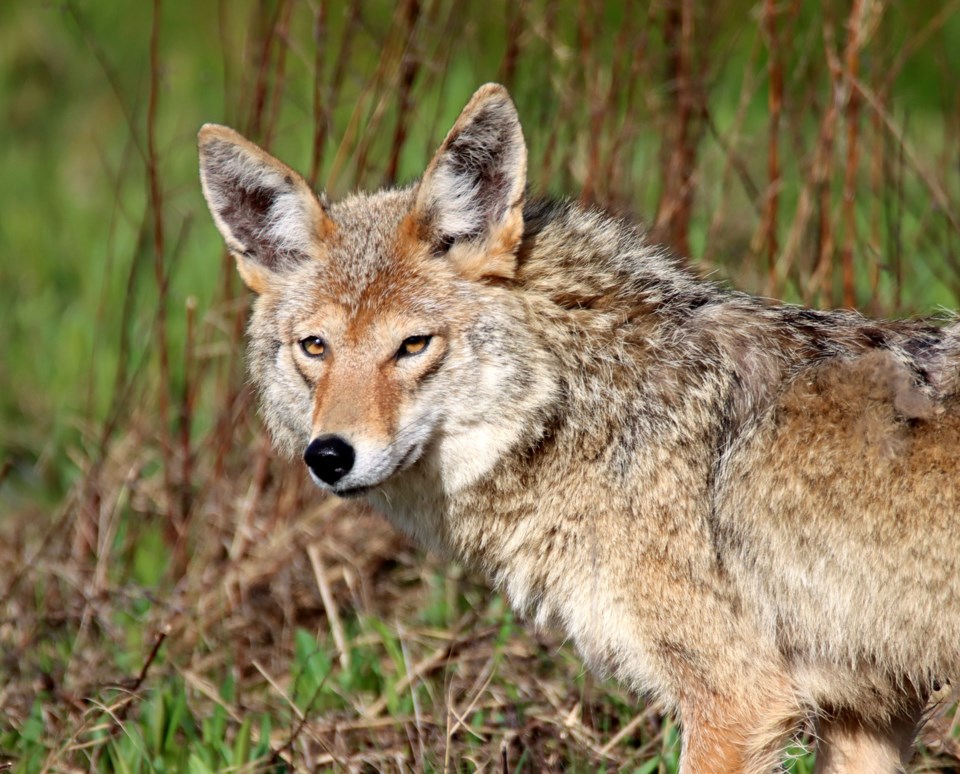Coyotes are frequenting Coquitlam, Port Coquitlam and Port Moody neighbourhoods in search of food, leading to concerns about the safety of pets.
In recent months, two dogs and a cat have been killed in Coquitlam and Port Moody, and, in the most recent instance, a coyote snatched a small dog and carried it away — leaving the owner devastated and distressed.
The coyote was caught and euthanized, according to the BC Conservation Officer Service, who said the coyote behaviour was unusual.
But an animal advocacy group says the public should be aware that coyotes are living in suburban neighbourhoods and steps should be taken to safely co-exist with them.
"Coyotes are a natural, normal part of our landscape and I think when you carve a city of out of the rain forest, you can see the wild life, and we know coyotes live here," said Lesley Fox, executive director of The Fur-Bearers, a 70-year-old animal advocacy group.
To help residents better live with coyotes, the group has started a public awareness campaign in the Tri-Cities and North Vancouver.
The digital campaign on Instagram and YouTube shows a lanky coyote in a forest with the tag-line Coyotes Need Your Help; it links to a website that offers information and even door hangers to distribute to your neighbours.
"One of the key message is to manage attractants," Fox said.
"It can’t be said enough: Winter months is when animals are searching for food," she said.
Among the culprits are bird feeders, which can spread seed on the ground; other wildlife attractants are compost and pet food, which attracts rats and squirrels that bring in coyotes, which are "opportunistic" feeders.
Think a small dog, cat are 'prey'
She said coyotes also can't distinguish between a small pet and other prey.
"Dusk and dawn are very busy times for coyotes. Change up your routine so you're not out at those times," Fox suggested.
If you do run into a coyote, Fox suggested using an assertive tone: Raise your hands above your head to look larger or open an umbrella to scare them away.
"Coyotes for the most part scare easily," she said.
"The best way to help protect local wildlife isn’t by feeding, but by ensuring that habitat is protected and taking steps to coexist and allow wildlife to thrive naturally.”



